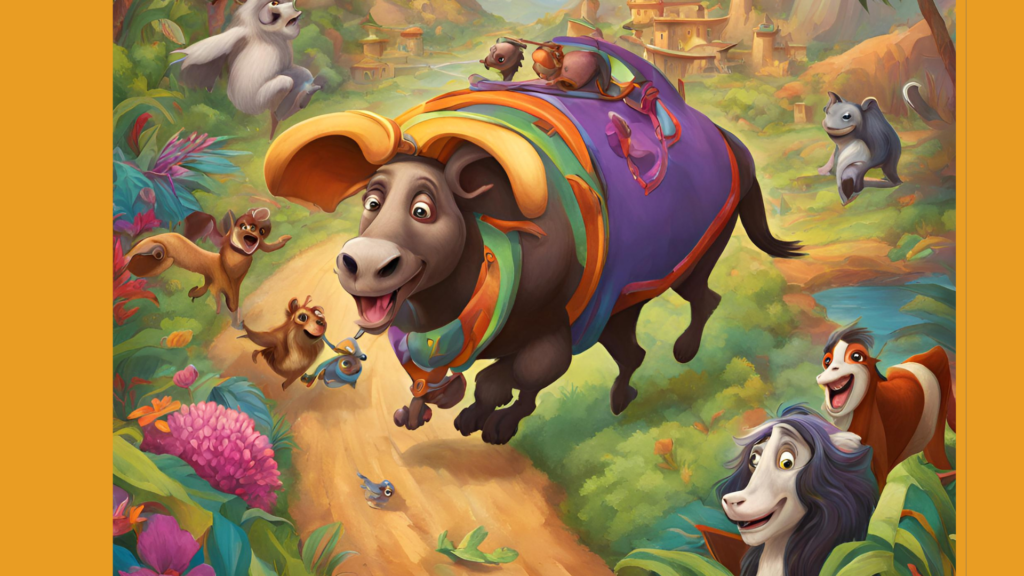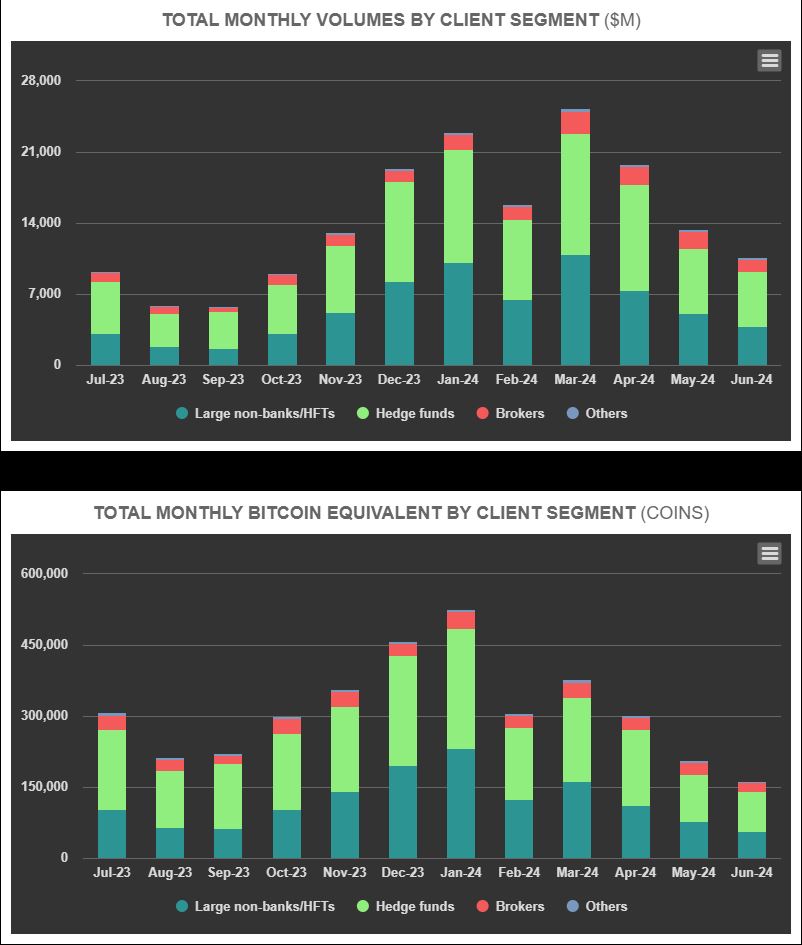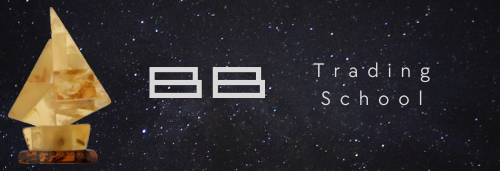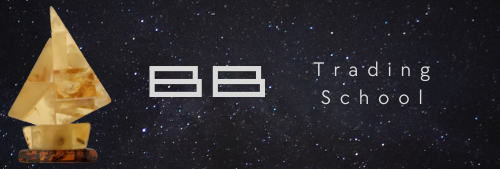The first animals I encountered in the market were bulls and bears. Bears press down with their paws, and when they prevail, the price of an asset falls, forming a “bearish trend.” Bulls lift with their horns, and when they succeed, they form a “bullish trend.” Thus, bulls and bears serve to figuratively describe the direction of market movements and, perhaps, do not provide any psychological characteristics of market participants.
About seven years ago, I discovered a new market term for myself — “hamster.” I sincerely do not understand why this fluffy creature is insulted. The etymology of this word begins with the Avestan (an ancient Iranian dialect) “hamaēstar,” meaning “enemy, one who brings down,” and ends with the German “hamstern,” meaning “to hoard.” Hamsters are known for being hoarders (having very large cheek pouches), highly prolific (they can become pregnant within 24 hours after giving birth), resilient, and possessing good memory. Which of these characteristics indicates thoughtless, impulsive market actions driven by a symbiosis of stupidity, greed, and despair, I do not know.
But let’s return to the classics. The next mammal in line is the whale. It denotes a major player in the market whose actions, due to significant volume, can influence the price of an asset. Many strategies offered for learning in the market are based on the ability to identify precisely the whale because a whale cannot be wrong, will not protect me, but is safe to follow. Technically, such strategies are built on the ability to read the order book or analyze trading volumes.
When discussing the feasibility of volume-based trading strategies, I note that in the last quarter of a century, electronic trading has revolutionized trading. The market has learned to protect volume information and continually evolves in this direction. Besides Iceberg Orders, Hidden Orders, Reserve Orders, or Dark Pool Orders, there are now orders such as Pegged Orders, Midpoint Orders, Discretionary Orders, and the list goes on: Stop-Limit Orders with Hidden Components, Hidden Peg Orders, Synthetic Hidden Orders.
If the first group of orders merely allows hiding the owner’s intentions and maximally altering the visible part of the intentions, then the further development of this topic led to the emergence of changing hidden intentions depending on the market situation. How can this be taken into account? For this, you must not only see the whale, but you must also know what the whale intends to do. Remember the phrase: “Nothing is as it seems.”




